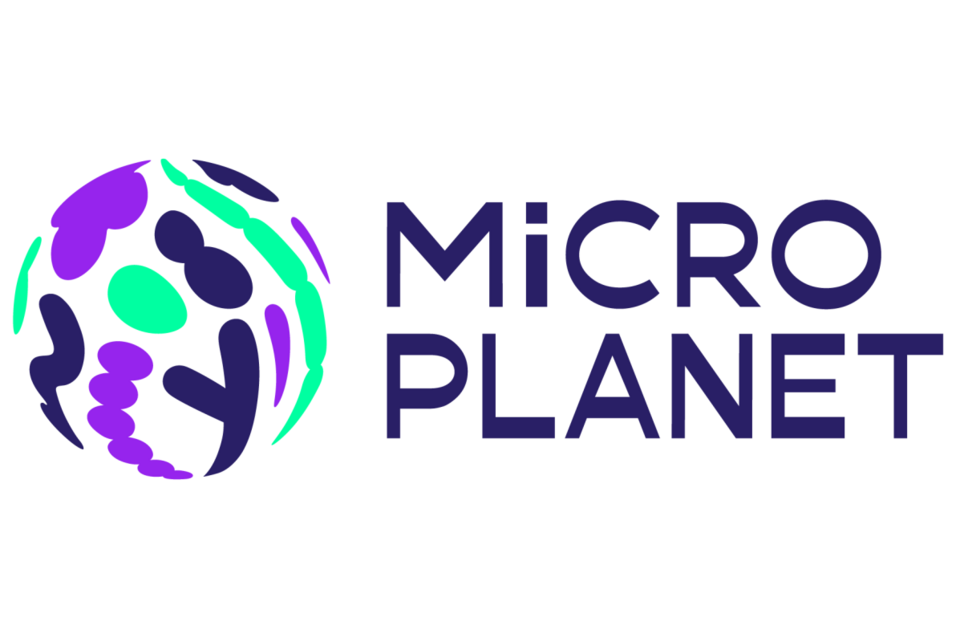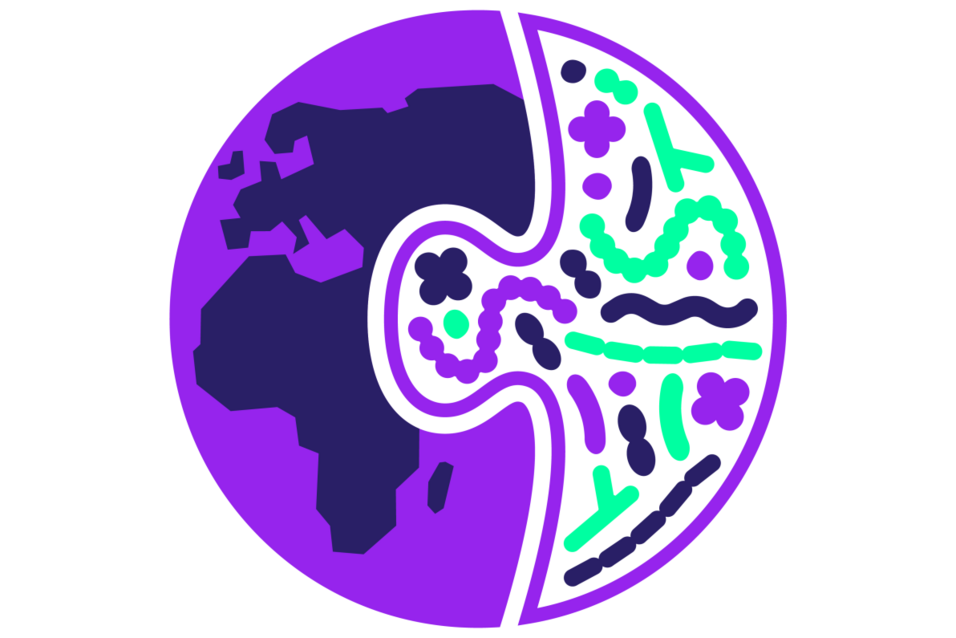Planetary Health, the health of human civilisation and the natural systems in which it is embedded, is the highest attainable standard of global health and well-being. The goal of Planetary Health aims for the best possible global health and well-being by recognizing the relationships between people, their surroundings, and all living things. It is a comprehensive approach that focuses on how our health is connected to the health of the Earth and everything that lives on it.
Earth‘s microbiomes are the foundation of planetary health, as they underpin almost all ecosystem services that humans depend on. Humans, animals, and plants are inextricably linked with their associated microbiomes. Microbiomes are an essential component of global element cycling, the recycling and purification of water and air, and the productivity of all ecosystems. Their activities have massive consequences for food production, carbon sequestration and climate regulation, and many other processes of global dimension and importance. Our understanding of the links between microbiomes and planetary health is fragmentary, however, because microbes, despite carrying out many similar functions, and despite their ubiquity, are most often studied in discrete hosts or ecosystems.
The Cluster of Excellence "Microbiomes Drive Planetary Health" unites microbiome research in Austria, which already possesses strengths in many highly relevant areas of microbiome research, from the human microbiome to global change microbiology. Our goal is to understand how microbes underpin planetary health and to unlock their potential to improve it.
This program is funded by the FWF Exzellenzinitiative excellent=austria. The first, 5-year period of funding for "Microbiomes drive Planetary Health" started in October 2023.
At TER we work on the following work packages within the Cluster of Excellence:
WP 2.1: Cross-Kingdom Interactions in the Ectomycorrhizal Symbiosis
WP 4.2: Permafrost, Climate Change, and the Soil Microbiome
WP 7.1: Microbial Growth, Biomass, and Carbon Use Efficiency
- WP 7.3: The Effect of Oscillating Environmental Conditions and Perturbations on Microbiomes


